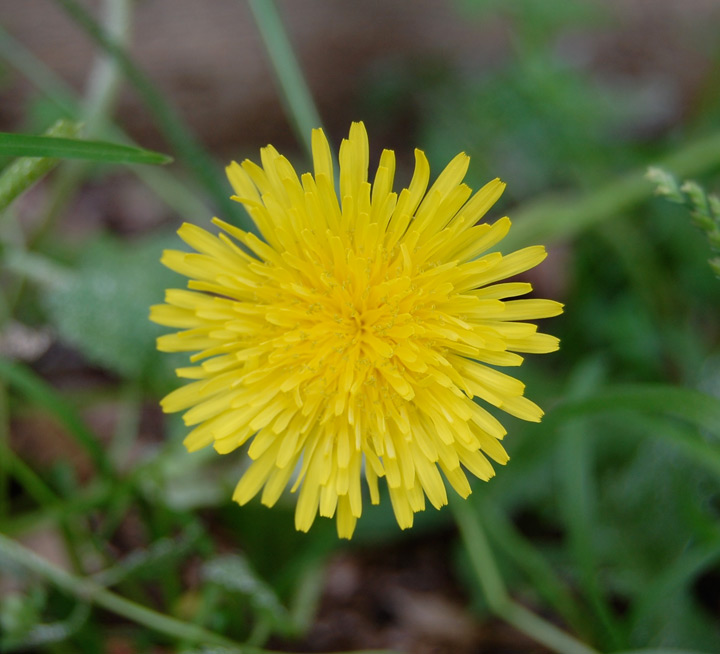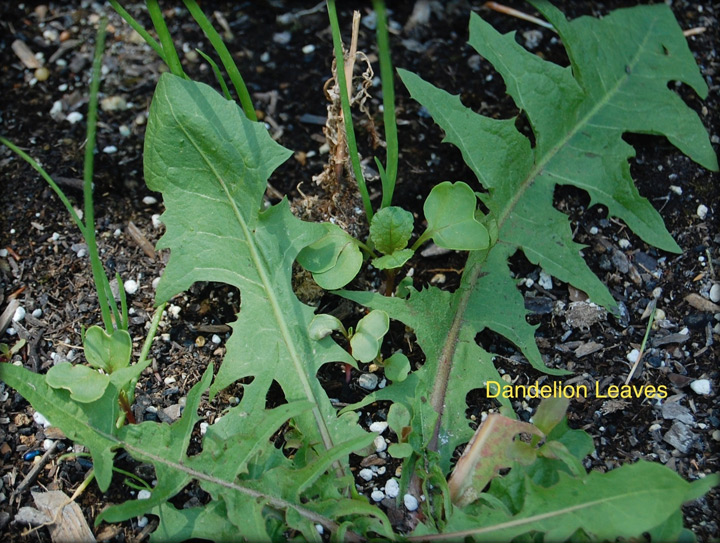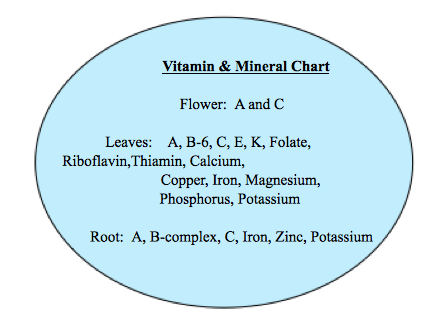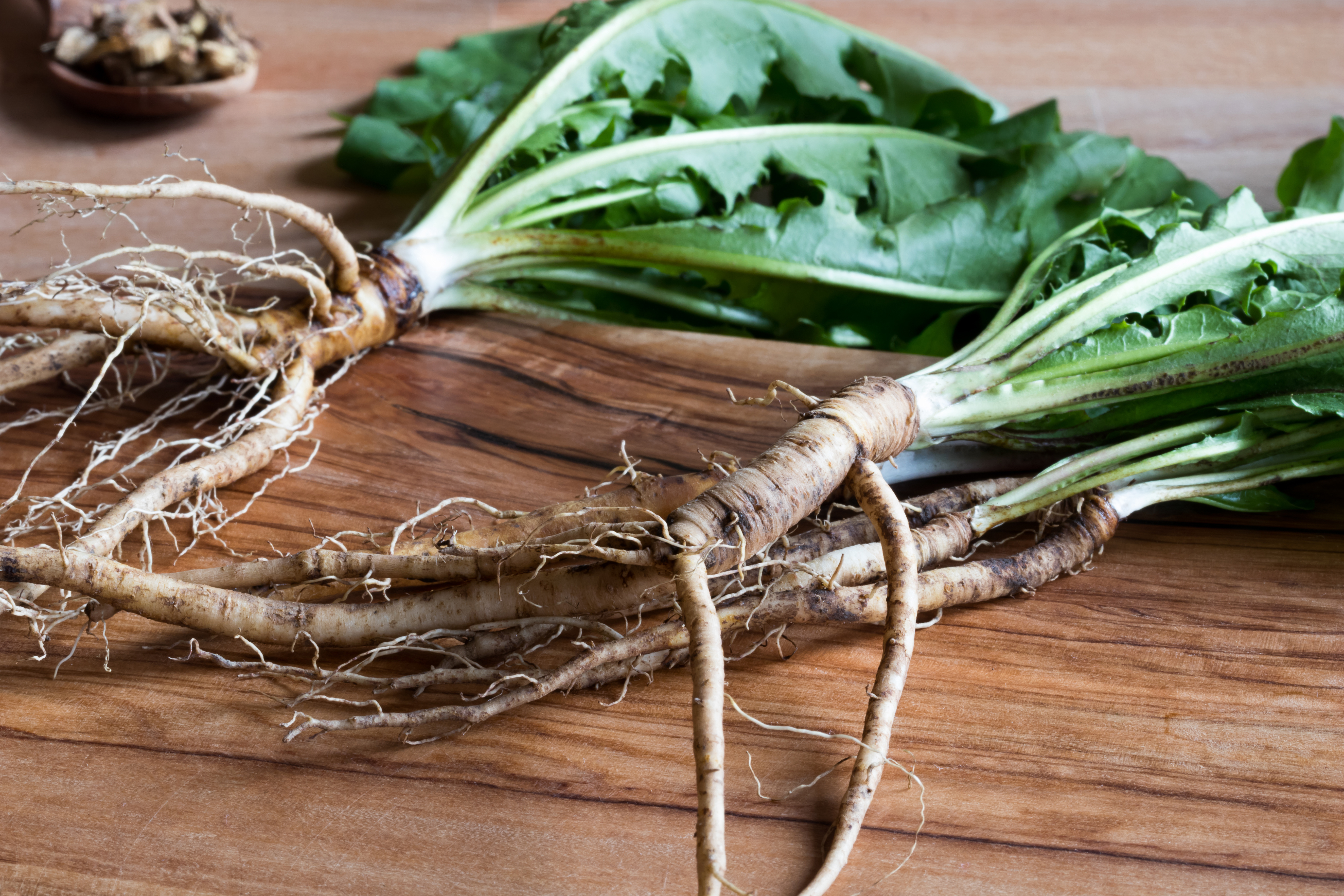That’s Just Dandy
The misunderstood dandelion tends to be the target of homicidal homeowners’ packing weed killer, sharpened garden tools, and Blade, the merciless mower. However, more and more people are coming to appreciate the dandelion for its health benefits and wide variety of uses. No longer is the dandelion just a weed, but one incredibly healthy edible.
The dandelion is considered an herb, both culinary and medicinal. It is nutritious and beneficial from root to flower. Organically grown dandelion greens, as well as supplements and herbal teas, can be purchased in health food and specialty stores.
A fun alternative is to harvest the plant wild from your own backyard. But be careful—you should never eat dandelions grown in areas treated with pesticides or fertilizers. Consuming a chemically treated plant can hurt you.
The Blossom

When picked young, the flower is sweet, like honey. The petals can be eaten fresh in salads, steamed, or fried in batter. The sweet liquid from boiled petals is used to make dandelion wine, jelly, tea, and syrup. This golden blossom is a favorite sweet treat of the honey bee, bear, butterfly, and rabbit.
The Leaves

The leaves, also known as dandelion greens, are the most frequently eaten part of the plant. They are filled with vitamins and minerals and contain the highest Vitamin A content of any greens. To get the most nutrients, eat them fresh on a sandwich or in your salad.
Cook greens as you would spinach or add to omelets, soups, and casseroles. Dandelion greens tend to be bitter and may require boiling for five to ten minutes to tone down the taste, but with a little creativity, these greens can be quite tasty.
Dandelions can be harvested and eaten throughout the growing season, but taste best when picked in early spring. Sizzling in the hot summer sun can make the little guys taste extremely bitter. Greens picked in warmer months may require boiling in several changes of water to pacify the palate.
When handpicking, look for young plants that are bud free and barely emerged from the ground. You’ll find these have a much milder and more enjoyable flavor than the more mature plants. Harvest by cutting off the top two-thirds of the center leaves. Leave behind the older, tougher greens that are lying on the ground. Like spinach, dandelion greens shrink when cooked, so make sure you pick plenty.
The Root
Directly below the plant is a taproot. It grows vertically, deep into the soil. Age and environmental factors contribute to the size of the root. Therefore, when harvesting it, you’ll want to select larger plants grown in fertile, well-drained soil. Expect the root to be as deep as the plant is tall. For easier collecting, harvest when the soil is moist and easy to manipulate.
Prepare the root, first, by cleaning and peeling. Use as you would a vegetable by boiling and seasoning or add to soups or stir fries. Dandelion root is also consumed as a beverage. You may purchase the beverage in specialty stores, or roast and ground it yourself. Cup of dandelion juice, anyone?
How About a Little Respect?
Not only is the dandelion nutritious, it is also considered a medicinal herb. It contains antioxidants that improve the function of the liver, gallbladder, and digestive system and is also used to treat a wide variety of health issues. For more information on the value of dandelions as an alternative medicine, check out the University of Maryland’s Medical Center’s website.
Just a weed? Hardly. Containing a wealth of nutrients and a heap of culinary capabilities, it might just be what the doctor ordered. This dandy little flower will meet your needs, whether you prefer petals, greens, or roots. The next time you get ready to annihilate poor Mr. Dandelion, kindly consider making yourself a big salad.
Who Are You Calling a Weed?
Visit these sites for more information:
PRECAUTIONS:
According to the University of Maryland Medical Center, some individuals may experience allergy to dandelion in the form of skin irritation. Avoid dandelion if you have allergic reaction to chrysanthemums, marigold, chamomile, yarrow, daisies, ragweed, or iodine. Individuals with gallstone, kidney, or gallbladder problems, should ask their health care provider before eating dandelion. For more information, check out the University of Maryland’s Medical Center’s website.


By: Laurie Cervantez
Edited by Christian Editing Services
References
- All4naturalhealth.com. Dandelion recipes to obtain its health benefits. Retrieved 10/29/11.
- Christopher, T. & Hoffman, A . (1986) Magic and medicine of plants. Readers Digest
- Kallas PH.D, John (2010). Edible wild plants
- Kunkele & Lohmeyer (2007). Herbs for health living
- Lang S. & Walheim L. (2004). The Southern Living Garden Book
- Prodigalgardens.info. Making coffee from roasted dandelion roots. Retrieved 10/29/11
- USDA nutrient data lab. Retrieved 10/29/11.
- University of Maryland Medical Center. Dandelion (01/02/2011). Retrieved 10/15/2011.
NOTE:
The information contained in Epseranza Y Sueños, LLC / Hopes & Dreams website is for educational purposes only and is not meant to be a substitute for seeking the advice of a qualified physician or replace modern medicines and/or treatments without the proper guidance of a qualified health practitioner. Before using any plants and their derivatives, you should always seek the advice and training of a qualified professional and your personal physician.


